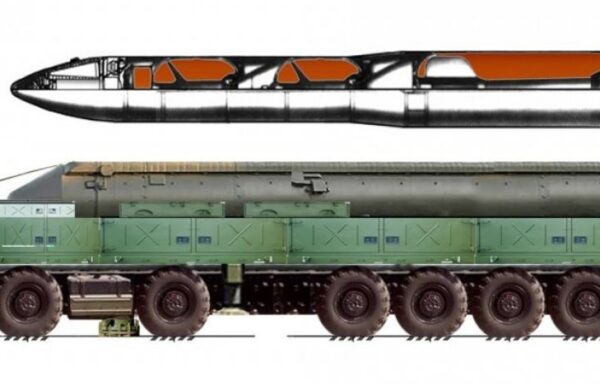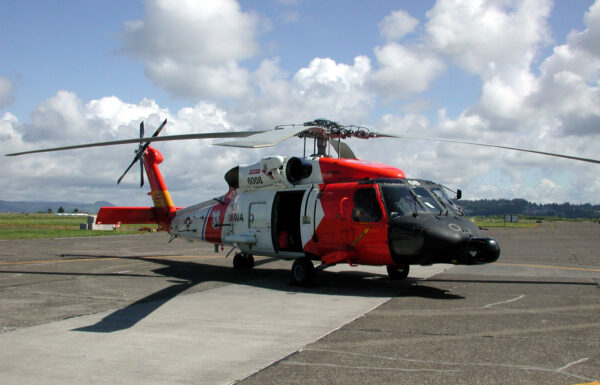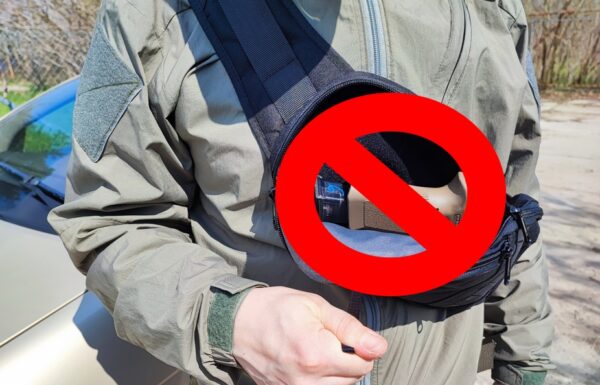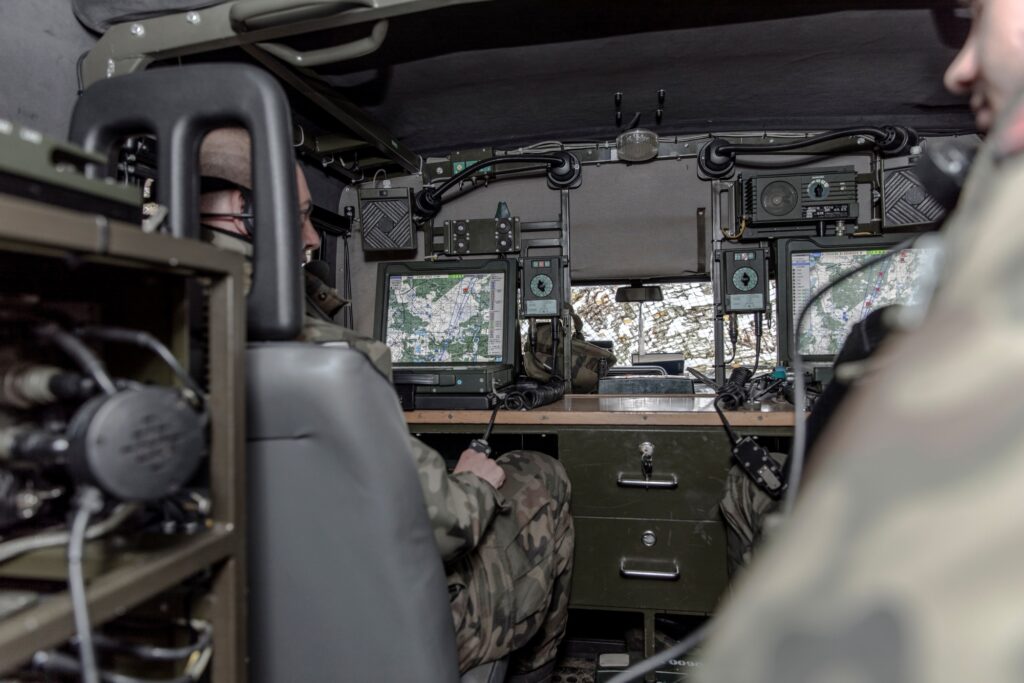Piotr Wojciechowski, CEO of the WB GROUP
Mr president, WB GROUP is the largest private entity engaging in production of military equipment in Poland. What are your expectations for the Group’s local growth? Which fields would you consider to be the key ones? Which has the biggest potential for further development?
In the beginning, it is worth noting that the WB GROUP is an entity with a significant influence and supervision of the State Treasure, owning twenty six percent of the shares. The WB GROUP has adopted a development strategy known as “related diversification”. Its core idea is to create an array of products tied to each other forming a comprehensiveoffer for the potential customers. It is also reflected in the organization and structure of the Group. Our constituent companies form the largest interconnected research and development structure in the Polish defense industry. It helps us react flexibly to the demands of the market, and offer new, innovative solutions.
At the moment, our key goal is to stabilize WB GROUP’s participation in modernization programs run by the Polish Armed Forces, and including our companies in new projects. The Narew program, which we want to co-create together with the Polish Armament Group can be an example. It isn’t all of it of course, we want to be engaged in other Polish Armed Forces modernization programs as well.
There are two main directions of the WB GROUP’s development. The first one is diversification of our products and expanding to civilian security markets. We participate in many projects that require implementation of complex technical tasks within that context. Most often, new security system solutions are created in conjunction with our products already used by the Polish Armed Forces. The second direction of development is, of course, export. The WB GROUP is becoming more and more involved in long term defense programs abroad. It is happening slowly, but the number of retrofit projects in other countries we are involved with steadily grows.
What will the WB GROUP’s operations on foreign markets look like in the near future? Currently, you have your representatives in the USA, Malaysia, and Ukraine. Should we expect more such offices to appear soon?
We want to expand where opportunities for long term cooperation with local governments, their defense ministries and their local industry will appear. In all those places we will be creating our offices or companies tied to us, either as entities fully owned by us or in partnership with local companies that will cooperate with us to create products for our customers.
One of the WB GROUP’s premieres at MSPO: the ZSU station mounted on the Bruiser 212 vehicle
WB GROUP has its own solutions and technologies. In other words, we have enormous capacity for building joint defense projects in cooperation with foreign partners. What’s more, we think that building shared structures will increase capabilities of the whole Group. It will allow us to use the resources of local markets when it comes to engineering staff, academic centers, and financing of development in given countries.
Products of WB GROUP are used in various countries in actual combat. Do the customers share with you their experience in using your systems? How do they rate the efficiency of your solutions, and to what extent their experiences are reflected in the modernization of your existing products and development of new ones?
It is a continuous process. Our gear has been used by military forces for two decades now, we stay in touch with its users, utilizing their experience for the benefit of the WB GROUP. All the comments reported by the Polish Armed Forces are taken into account during the modernization processes.
ZSU armed with Browning M2HB 12.7 mm gun
Sometimes the users share operational observations, sometimes they deliver their proposals for new solutions to their combat needs, sometimes we are offering our ideas that we think might help improve use of a particular piece of gear.
With the large engineering staff kept by WB GROUP it is a continuous process. It constantly advances and makes our products better and better. What’s more, due to such an approach we are building better relationships and interactivity with the users. They know they can count on our support regarding both the servicing and future development.
You offer not only the individual products but whole systems based on those products. Let’s just recall the TOPAZ system which is one of the undisputed successes of WB GROUP. What is the reaction (including abroad) of customers seeking weapon and communication systems to your new designs, such as Silent Network or W2MPIR? Are they open to such complex proposals or do they prefer their own solutions based on your individual products?
It needs to be stressed that systems such as W2MPIR or SILENT NETWORK, and others, are conceptual ideas of sorts. They show what capabilities can be achieved using WB GROUP’s solutions. We can offer the customer complex solutions based on our products. If the customer already has or intends to acquire some elements of their own system, he can match and adapt his own ideas to products from our offers. WB GROUP can deliver modules that will fit into the customer’s ideas and help him create a complete solution. This is the modularity of our systems.
An individual UGATE system can be plugged into SILENT NETWORK providing data from the front line of the battlefield
On one hand we offer products that fit within existing conceptual ideas, on the other hand we are giving suggestions on how such a system can be built. W2MPIR and SILENT NETWORK are proposals which we present. The customer gets information about the capability of our products being used to create more complex combat systems serving to acquire advantage over potential enemies.
Poland bought HIMARS long range missile launchers for the Homar program. Missile divisions are going to be enhanced with locally produced components. Can you reveal if there are works on integrating American missiles with the TOPAZ system? Are there plans of installing FONET in the vehicles?
When HIMARS was purchased, the Ministry Of National Defense announced its integration with the TOPAZ system. That integration process, as decided by the Minister Of National Defense, is in progress. The American system installed in the missile launchers will be working with solutions introduced and utilized by the Polish artillery. HIMARS was purchased as an “off-shelf” product, in the identical configuration as the American one. It is not a problem, because WB GROUP has experience, competence, and knowledge how to integrate it with the developed over years by us TOPAZ system.
Polish artillery utilizes TOPAZ system for many years
The Remotely Controlled Turret System (ZSSW-30) project is almost finished practically speaking. Will WB GROUP utilize the acquired experience in creation of other similar systems? Do you plan to integrate your solution with different platforms than KTO Rosomak (wheeled ACP “Wolverine”) and BWP Borsuk (IFV “Badger”)?
For starters, ZSSW-30 is an excellent export product. That is a world class solution. It is one of the best unmanned turrets currently available on the market. Because it was entirely designed locally, based on Polish technical thought, certain universal solutions were utilized in its construction. We can construct almost any automated weapon system on its basis, equipped with advanced fire controls and integration of varied combat measures, such as guided anti-armor missiles. Please, remember that WB GROUP long ago developed competence in construction of turrets. They didn’t appear suddenly with the ZSSW-30 project. We had them earlier while designing turrets for Krab gun-howitzer and Rak automated mortar. We have harnessed our prior artillery-related experience while designing the new system.
ZSSW-30 is currently waiting for the formal completion of the qualification tests / Photo: Huta Stalowa Wola
Our comprehensive knowledge acquired while designing fire control systems and settings for mortar helped us quickly create necessary modules for a lower-caliber system. It is a continuous process, solutions developed while designing ZSSW-30 can be used in any turret that will demand very high precision of fire, from small 5.56 mm machine gun stations to 155 mm tank or artillery cannons.
What is the future of the WARMATE TL system? Current prospects for modernization of Mi-24 or purchase of new attack helicopters seem distant. Is it possible to use WARMATE TL to partially fill this gap? Can the loitering munitions be utilized by aircrafts currently used by the Polish Air Force (especially the newly purchased unmanned Bayraktar TB-2)? If so, how serious would be the integration process?
At this year’s International Defense Industry Exhibition, we will show the possibility of installing a reusable launcher of WARMATE-TL loitering munition. The system was intentionally designed to be mounted on any aircraft. Its type doesn’t matter – helicopter, plane, or unmanned aerial vehicle. It could be our FT-5. The aircraft doesn’t matter, though full integration of WARMATE-TL with the vehicle — be it Black Hawk or even TB-2 – requires cooperation with the vehicle’s maker. Of course, our loitering munition is suitable for being fired from vehicles moving with certain speed. WB GROUP is working on integration of WARMATE-TL with helicopters and unmanned drones.
WARMATE-TL
Arming Polish helicopters with locally produced loitering munitions is an excellent idea because of multiple reasons. First, firing a WARMATE-TL unlike firing traditional missiles doesn’t reveal the helicopter’s location. Second, it has much greater range than a missile. The helicopter drops the munitions from afar, and then either passes the control to ground forces, creating sufficiently large munitions “stockpile” in the air, or it can increase distance and direct WARMATE-TL from safety. What’s more, the WB GROUP’s system can be used for reconnaissance purposes at the same time. It can be used for detection and identification of enemy units. Range of purposes for which it can be utilized is very wide thanks to replaceable warheads. We can’t reveal all the ideas being currently developed but we can imagine the capacity to take down flying targets.
The WB Group intensifies its work regarding electric vehicles and renewable sources of energy. Are any of WB GROUP companies currently adapting such technologies for military use (like hybrid military engines or electric powered tracked vehicles)?
It’s worth noting that programs announced by the European Defense Fund (EDF) directly point out certain military needs. There is a need for military vehicles becoming more ecological, in other words, hybrid engines are promoted. Usage of electric engines for vehicles has a major advantage of greater maneuverability and capability to deal with terrain.
It’s good to understand why we are using 1500 horsepower engines for heavy vehicles. All that power is primarily needed to accelerate the vehicle to high speeds. Once the vehicle is moving, keeping the momentum requires a mere 200 horsepower engine. Those fifteen hundred horsepower is only utilized for putting the colossus into motion. However, electric engines always have a huge torque. We do not need to install big and fuel-guzzling units with high power. An electric engine with its high torque can get the armored vehicle moving, leaving its emplacement, and acceleration to 30-something kilometers per hour, which is the tank’s primary maneuverability parameter. Other benefits of such a solution include lower power consumption, higher efficiency, and much lower thermal and acoustic signatures.
Electricity storage / Photos: WB GROUP
All those qualities are noted in European Defense Fund programs. They also emphasize other purposes of developing electromobility. It’s a matter of constructing silent power sources for command centers. Those are very sought after solutions. They rely on the creation of huge capacity energy storages which need to be charged. EDF ideas also point to hybrid solutions in that matter – combining generators with energy storage. That would give other benefits that I already mentioned — lowered thermal, acoustic, and electromagnetic signatures. It’s easier to connect a small crate than dig a large hole for a generator alone. There are many solutions in that area and WB GROUP with our partners fully intends to develop both the hybrid engines and the military energy storage.
Thank you.








































